News
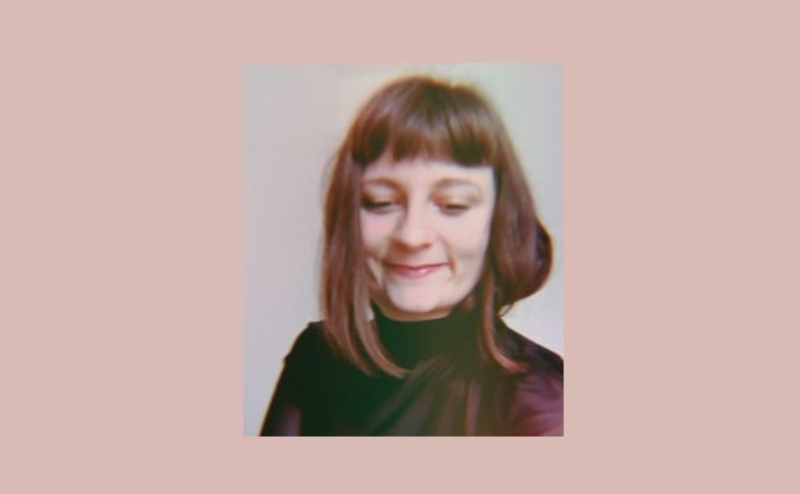
Mélanie Terzic, Productions Lab Coordinator for the Google Arts & Culture Lab
Graduate of the Bachelor's degree in Interactive Development (class of 2019) and the
Master of Design and Management of Interactive Innovation - Development option (class of 2021) Mélanie Terzic is now Productions Lab Coordinator for the Google Arts & Culture Lab. She looks back on her career and reveals the missions and commitments of the Google Arts & Culture Lab.
What has been your career path since graduating?
I discovered project management thanks to the courses I took during the last year of my training. I already had freelance status during my studies, so I pursued my activity to acquire the skills needed to master customer relations, the administrative side and the legal framework of projects.
Between 2020 and 2022, in parallel with GOBELINS, I explored the field of cinema. I attended courses at the Sorbonne on the history of cinema, took a short acting course at the Cours Florent, and took part in directing workshops. I also took a few weeks of courses with the association 1000 visages, focusing on directing and writing.
In 2023, I lived in Marseille, where I got involved in a number of associative and cultural projects, including programming an independent cinema. It was a period of discovery and exploration, very enriching both personally and artistically.
In 2024, I seized an opportunity at the Google Arts & Culture Lab, which brought me back to Paris. It was a coherent follow-up to my training at GOBELINS, focused on creative technologies and innovation management - a field that is still rare.
You are the Productions Lab Coordinator for the Google Arts & Culture Lab. What does your job involve?
Google Arts & Culture is a free platform that helps cultural institutions preserve and share their collections online. It makes works that are often difficult to access more accessible , and contributes to their preservation through digitization.
Today, over 3,000 partners in 80 countries participate in the project, retaining the rights to their content.
I work more specifically on the artist residency based between Paris and London, which we call the " Lab ". As Creative Producer and Lab Production Coordinator, I help the artists in residence to design experiments : projects that combine Google's technologies with our partners' collections, to imagine new ways of showcasing our heritage.
In my role as creative producer, I assist artists in residence throughout their projects, from ideation to launch. I'm involved in the reflection, curation and design phases, while keeping an eye on the legal and ethical aspects. When a project incorporates technologies such as AI, I make sure that it complies with internal guidelines, particularly in terms of data protection, impact on sensitive audiences (such as minors) and respect for communities.
As production coordinator, I help coordinate all the Lab's projects. With several producers, a dozen artists in residence and numerous partners, it's essential to have a global vision to ensure a smooth distribution of work. I update and distribute project launch procedures, support teams in their implementation, and lead collective and individual follow-up sessions to ensure clear and efficient organization.
Which project has had the greatest impact on you?
It's hard to pick just one project, because they're all so different. One of the first projects I worked on was called Food Mood, an experiment combining two regions of the world to create a fusion recipe. I followed the project from start to finish, right through to its implementation in Google canteens around the world, which gave it a concrete resonance.
I also really enjoyed Learning Light, an interactive studio for exploring light, and One Sound Two Frames, a game where you have to guess which work inspired AI-generated music.
I've also been impressed by a number of projects with institutions, such as Mixtape, in collaboration with the National Gallery, which lets you compose a personalized soundtrack based on works in their collection, or Dreaming with Flamingos, a game designed with artist Yinka Ilori.
Even if I haven't worked on them directly, I'm very inspired by AI-related research projects: Play a Kandinsky, for example, produced with the Centre Pompidou, invites us to hear what Kandinsky might have perceived when painting Yellow-Red-Blue; or The Klimt Color Enigma, a digital reconstruction of the artist's lost works, carried out with the Belvedere Museum.
What do you like best about your job?
I feel privileged to be able to continue working in this niche field ofcreative art. In my opinion, digital work deserves its place in the world of culture. I also really appreciate the fact that I'm working for a not-for-profit institute in the service of culture.
We're a small, close-knit team, and it's great fun working together. The other big advantage of my job is that I've been able to make contacts all over the world, particularly in London, but also in Rome, Los Angeles, New York, Berlin, Barcelona and South Africa!
When I was working as a creative coder, I was really into execution. Nowadays, I can deal with the legal, creative and human aspects all at the same time. I'm in constant contact with the artists. My role is really to be there for them.
Do you often work with alumni?
I still have a lot of contact with the alumni of my graduating class, and it was thanks to one of them that I got my current job!
It's invaluable to be able to benefit from the advice, support and contacts of the alumni of my graduating class. Last June, we organized an event in collaboration with the Grand Palais Immersif around the " Loading " exhibition on street art and the work of Felipe Pantone. I invited 3 alumni, as well as the companies they work for, to this vernissage, which led to me being invited by their companies to other events!
I've built up a real professional network, thanks to my links with GOBELINS alumni.
What do you remember about your 3 years at GOBELINS?
I loved being able to work on projects with external companies. In particular, we worked with the Louvre and Hermès as part of the Creative Thursdays organized by the school. These projects make the training more concrete.
The collaboration between students was also a great asset. I learned a lot from the other students I worked with during my studies.
I also really enjoyed the final year courses, which focused more on management and communication skills. I found it very formative and it helped me a lot in my orientation.
What advice would you give to a recent graduate?
Don't compare yourself to others and never think that you don't have what it takes to be at GOBELINS! I suffered a bit from this during my training, because I was always afraid of not being as good as the others.
If you've been accepted at school, it's for a good reason, but you mustn't underestimate yourself and set yourself back from the others.
 1
1
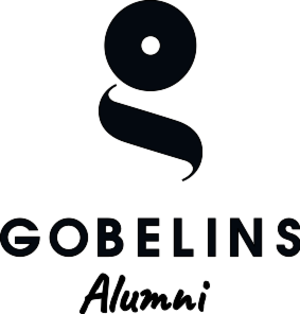

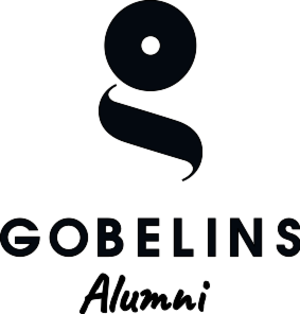





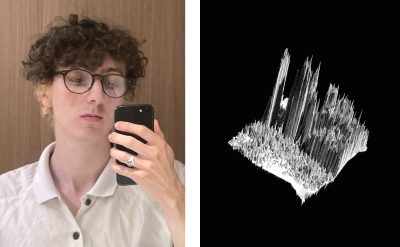
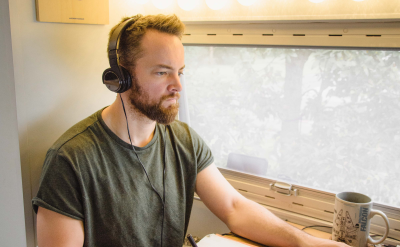
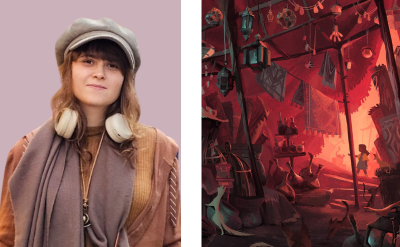
No comment
Log in to post comment. Log in.